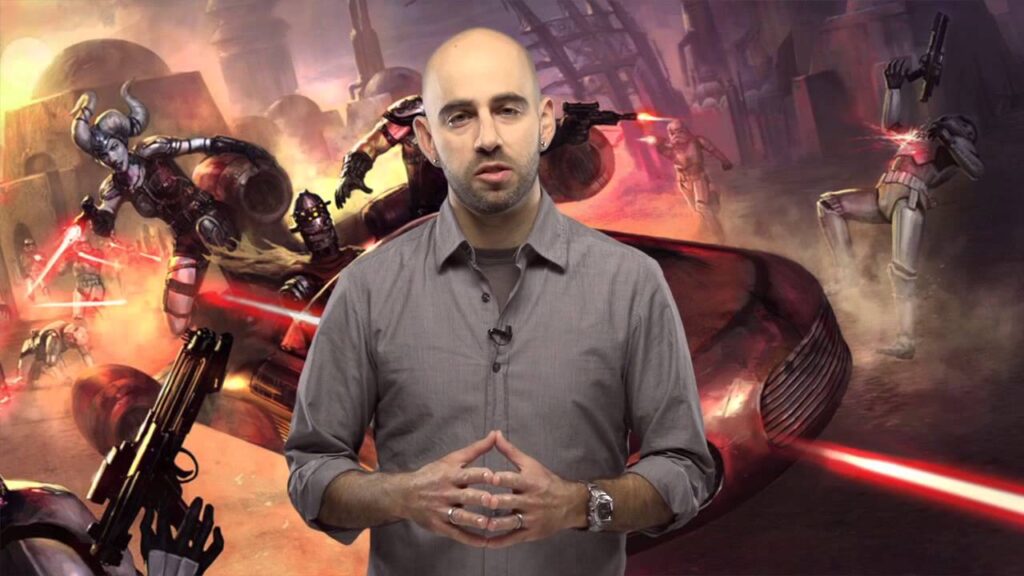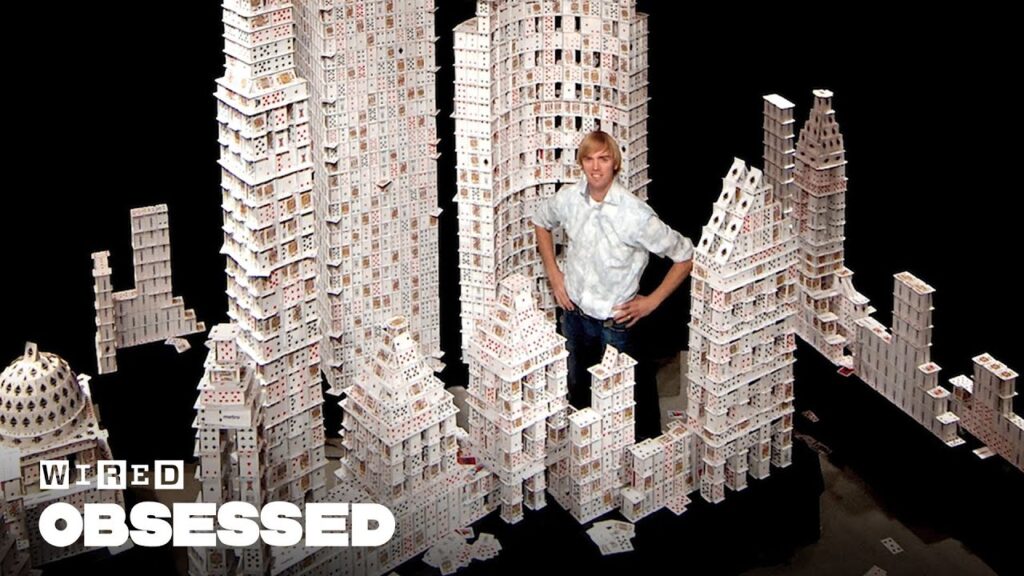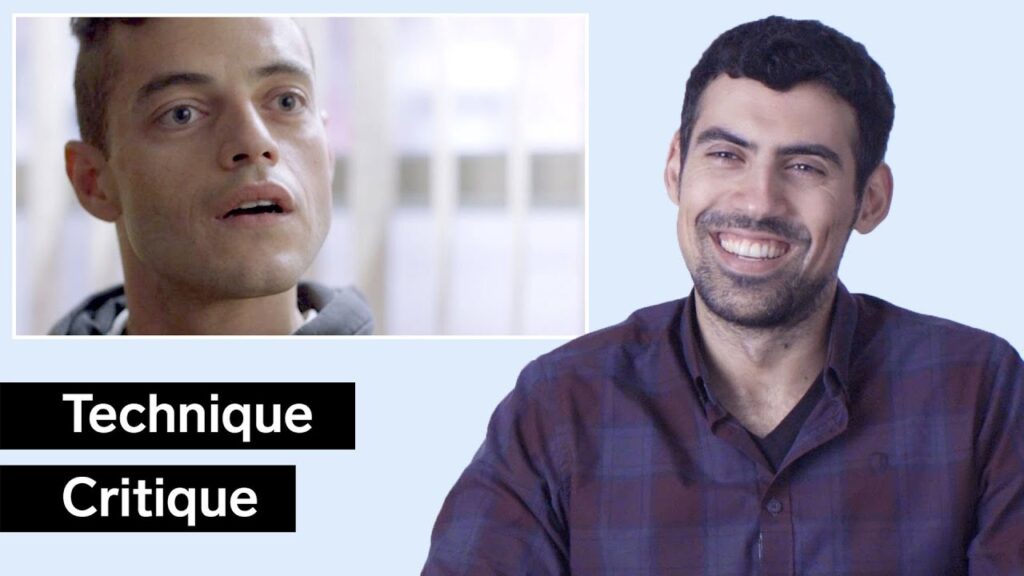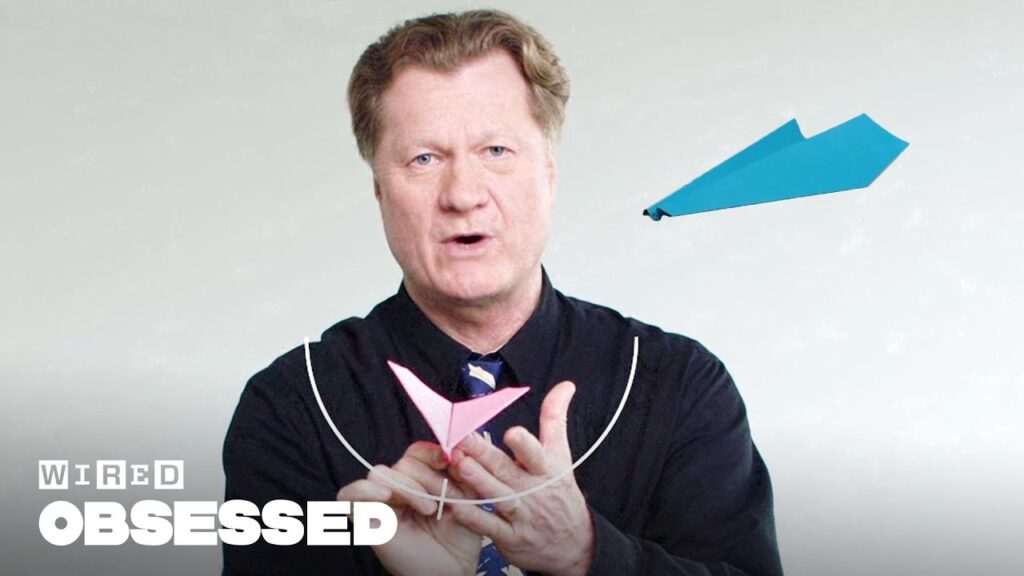Designing and Prototyping a Mechanical Arm Extension for a Creature Costume
Summary
In this article, we discuss the challenges faced in designing and prototyping a mechanical arm extension for a creature costume. The goal was to create a design that was both possible and mechanically sound, while also allowing for natural movement without binding up. We researched pantograph technology and were inspired by a group in Japan called Skeletonics. The result was a stunning and unique creation that had never been done before.
Table of Contents
- Full-Scale Design Silhouette
- Prototyping Phase
- Challenges in Creating a Suit for a Performer
- Refining the Frameworks, Material, and Performance
- Conclusion
Full-Scale Design Silhouette
The first step in the process was creating a full-scale design silhouette. Once we had a clear idea of what we wanted to achieve, we moved into the prototyping phase. The goal of prototyping was to quickly bring the idea to life using cheap materials, ensuring that the design was possible, created the desired silhouette, and had a sound mechanical approach. We were limited by the need for a human operator and lightweight, movable materials.
Prototyping Phase
During the prototyping phase, we used a garbage bag test to create the prototype. We researched pantograph technology and were inspired by a group in Japan called Skeletonics. We built a prototype and used parallelogram mechanisms to ensure that the creature’s forearm was always parallel to the operator’s forearm. Each suit has its own unique challenges, with the robot suit being more rigid and limiting movement, while a fabric-driven suit allows for more stretch.
Challenges in Creating a Suit for a Performer
One of the key factors in creating a suit for a performer was ensuring that the pivot point was in line with the performer’s shoulder. The weight of the suit was also a challenge, as it was top-heavy and the performer was on stilts. The solution was to dress the performer’s arms in a robotic appendage that allowed for synchronized movement and true mirroring. This ensured that the performer could move naturally without being hindered by the weight of the suit.
Refining the Frameworks, Material, and Performance
The process of creating the suit involved refining the frameworks, material, and performance. We had to balance all of the elements to create a cohesive package. The result was a stunning and unique creation that had never been done before. The mechanical arm extension allowed the performer to move naturally and seamlessly, creating a truly immersive experience for the audience.
Conclusion
Designing and prototyping a mechanical arm extension for a creature costume was a challenging but rewarding process. By researching pantograph technology and using parallelogram mechanisms, we were able to create a design that was both possible and mechanically sound. By dressing the performer’s arms in a robotic appendage, we were able to create a suit that allowed for natural movement without binding up. The result was a stunning and unique creation that had never been done before.







